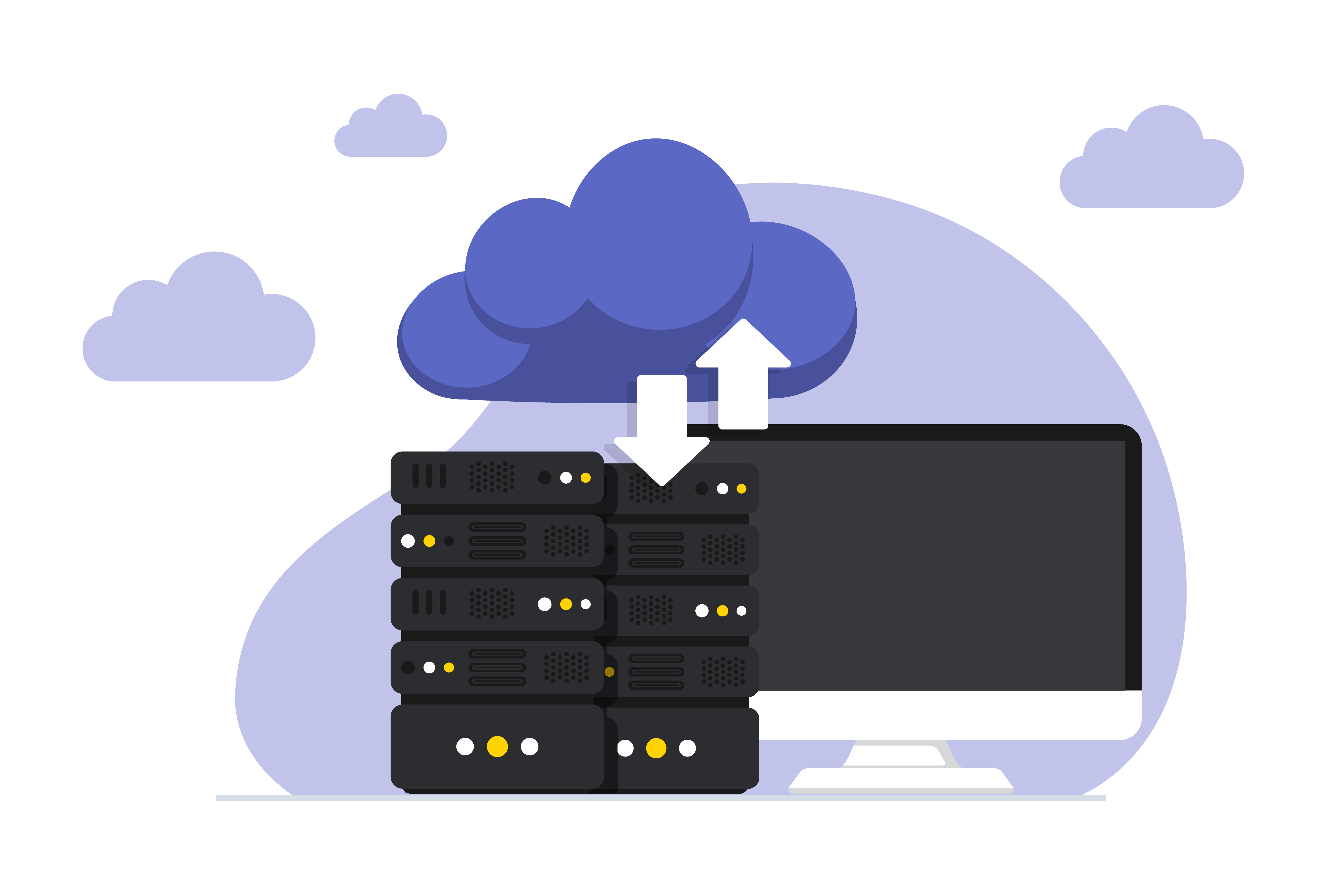How to Scale Call Center Operations with Microsoft Teams
by Anastasia Micic | Published On January 5, 2024

Learn how Microsoft Teams integration empowers call centers to scale efficiently, ensuring seamless operations and exceptional customer experiences.
In recent years, call centers have undergone a substantial transformation due to technological advancements and evolving customer expectations.
They are now tasked with managing a diverse array of communication channels, extending beyond voice calls to encompass email, chat, social media, and more. The ability to efficiently scale operations is crucial, as modern call centers often face fluctuating call volumes and the need for rapid scalability.
Notably, the integration of Microsoft Teams with contact center solutions has evolved beyond team collaboration, offering tools for efficient call center operations. Microsoft Teams integrates seamlessly with these solutions, providing automation and tools to enhance efficiency and scalability.
Overcoming Integration Challenges in Large-Scale Call Centers
Large-scale call centers often grapple with the complexity of integrating various systems and tools while ensuring operational continuity. Microsoft Teams emerges as a solution that not only facilitates growth but also ensures integration challenges are adeptly managed.
Enhancing System Cohesion: Microsoft Teams complements the diverse array of platforms used in large call centers by integrating with existing contact center solutions. It adds a layer of communication and collaboration within the contact center's technology ecosystem, helping to bridge gaps and streamline operations, thus mitigating the challenge of system fragmentation and promoting interoperability.
Bridging Data Silos: Large-scale call centers often deal with data silos due to multiple tools operating in isolation. Microsoft Teams' ability to integrate with a wide array of systems ensures data flows smoothly across platforms, addressing the challenge of disjointed information repositories by enabling centralized access and exchange of data.
Operational Consistency: Scaling inevitably brings about changes in processes and tools. A Microsoft Teams contact center solution ensures that, even as new tools or channels are added, there's a consistent interface and experience for agents. This overcomes the challenge of maintaining uniformity in operations during expansion.
Optimizing Performance and Bandwidth Management
Latency and network bottlenecks, if unchecked, can have detrimental effects on service quality. To combat this, Microsoft Teams leverages advanced techniques such as content caching and optimized routing. These techniques play a critical role in ensuring that data travels through the most efficient pathways, effectively reducing transmission delay, even during periods of high demand or peak load.
For bandwidth management, one of the standout features in Teams is the utilization of Quality of Service (QoS) settings. By leveraging QoS, organizations can prioritize real-time communication traffic over other types of data. This way, critical voice, and video calls receive precedence, thereby maintaining clarity and reducing the chances of dropped calls or degraded service quality.
Managing Teams User Provisioning and De-Provisioning
Automated User Provisioning for Rapid Scalability
As call centers scale their operations, they need to provision and manage user accounts efficiently. Microsoft Teams integration simplifies this process through automated user provisioning. Administrators can set up automated workflows to create user accounts, assign roles, and configure settings, reducing the administrative burden during periods of rapid growth.
Streamlining De-Provisioning Processes for Ex-Employees
De-provisioning is equally important for maintaining security and compliance standards. Microsoft Teams has built-in features to manage and de-provision users from the Teams environment, ensuring they no longer have access to any Teams-related data or capabilities that are integrated with call center systems. This ensures that ex-employees do not have access to the organization’s data.
Conclusion
It's essential to remember that technology, no matter how advanced, is only as good as the strategy behind its deployment. Therefore, for call centers, it's prudent to continuously evaluate their needs, stay updated with the latest technological advancements, and ensure that their teams are well-trained to harness the full potential of these tools.
Embracing such a holistic approach, backed by robust platforms like Microsoft Teams, is the key to achieving sustainable growth and delivering unparalleled customer experiences in the ever-evolving world of call center operations.
Learn more about how to elevate your contact center's performance with Microsoft Teams' integrations and strategic implementation here.
More from our blog
 When it comes to contact center solutions, there are more options now than ever before.
When it comes to contact center solutions, there are more options now than ever before.
 We’re pleased to announce the general availability of ice Contact Center 14! ice 14 includes a number of new features and functionalities that can enhance contact center operations and customer experiences.
We’re pleased to announce the general availability of ice Contact Center 14! ice 14 includes a number of new features and functionalities that can enhance contact center operations and customer experiences.
 Elevate your business with effective customer support strategies. Discover key approaches to optimize service quality, enhance customer satisfaction, and achieve long-term success.
Elevate your business with effective customer support strategies. Discover key approaches to optimize service quality, enhance customer satisfaction, and achieve long-term success.

